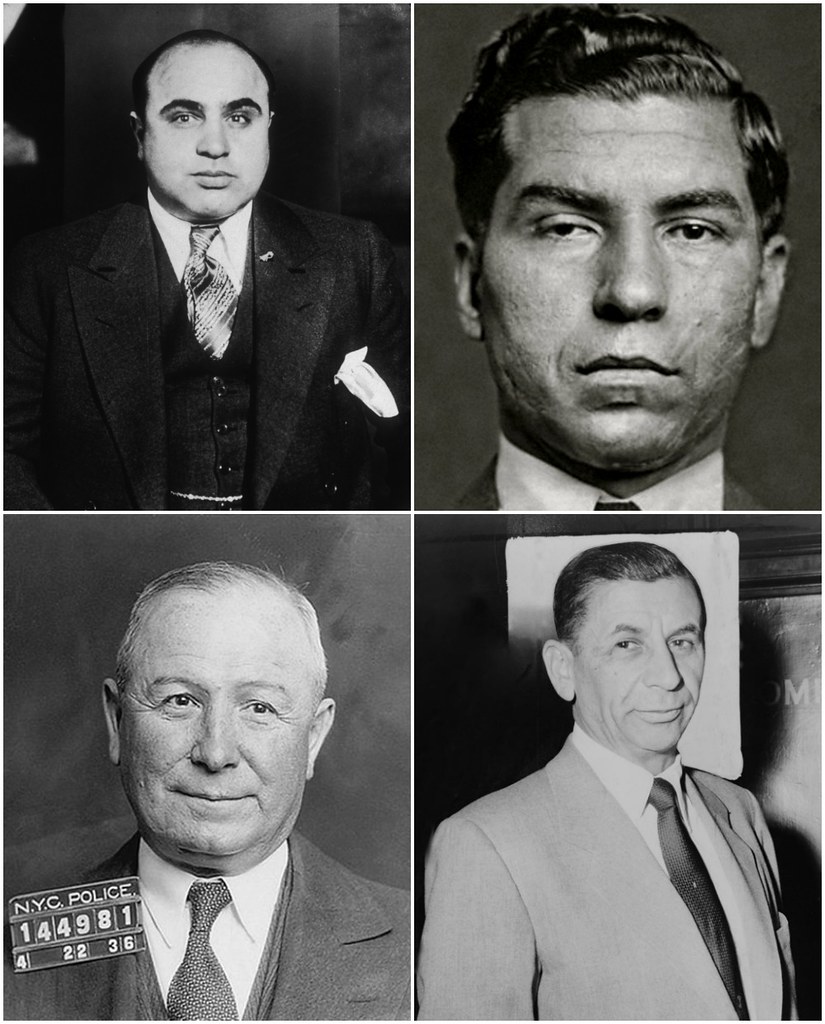Those are the gruesome words of Bill “the Butcher” Cutting, played by Daniel Day-Lewis in the Martin Scorsese film Gangs of New York.

150 years ago, an area in lower Manhattan called the Five Points played host to gladiatorial clashes between US-born native and immigrant Irish gangs.
The Five Points gained international notoriety as a disease-ridden, crime-infested slum that existed well into the 20th century.
Once the domain of middle-class homes built on reclaimed land, it became a sprawling slum within a relatively short period.

Stories of violent confrontations were legion, giving the press a never-ending supply of gory material to write about.

The George Catlin depiction of 1827 shows the Five Points intersection as a bustling, densely populated area.
The triangular building in the center is located on what would be known as “Paradise Square”.
Anthony Street veers off to the right, Cross Street on the left and Orange Street runs left to right in the foreground.
The below modified aerial view of the Five Points shows the area around modern day Columbus Park.
Paradise Square would have filled the space currently occupied by the New York City Supreme Court.

It’s hard to believe that in the 18th century the area that was to become the infamous Five Points was a beautiful meadow covering 48 acres, bordered by a hill known as Bayard’s Mount, and with the spring-fed Collect Pond at its center supplying the city’s fresh water.
People would picnic there during the summer, and skate on the frozen pond in winter.
This 1798 watercolor of the Collect Pond shows Bayard’s Mount, a 110-ft hillock, in the left foreground.

The Old Brewery in the Five Points typified the rapidly growing industries.
Tanneries, breweries, ropewalks, and slaughterhouses all began to use the water and dump waste in the neighborhood.
The pollution caused a major environmental health risk and the pond was eventually drained and filled with earth from the leveling of Bayard’s Mount.

A new middle-class residential community was built upon the landfill but was poorly conceived and engineered.
Buried vegetation released methane gas and the area lacked adequate storm drainage.
The ground gradually subsided, house foundations shifted, and unpaved streets were buried in mud.
Mosquito-infested pools of human and animal excrement became intolerable for middle-class residents, who moved out, leaving the doors wide open for waves of immigrant poor.
At its height, only certain areas of London’s East End vied with Five Points for sheer population density, disease, infant and child mortality, unemployment, prostitution, and violent crime.

Charles Dickens described Five Points in 1842 in his book American Notes for General Circulation:

During the late 19th and early 20th century, a criminal organization known as the Five Points Gang inhabited the Sixth Ward (The Five Points) of Manhattan, New York City.

Founded by Paul Kelly (born Paolo Antonio Vaccerelli), an Italian American who earned his money prizefighting and running brothels, the Five Points Gang became a national crime syndicate with a reputation for brutality, and in battles with rival gangs, often fought to the death.
Kelly and his second-in-command Johnny Torrio recruited members from other gangs, including Al Capone who would later lead the Chicago Outfit.
Charles “Lucky” Luciano, also joined the Five Points crew and was later considered the most powerful criminal in the country.
Meyer Lansky, Bugsy Siegel, and Frankie Yale were also recruited into the Five Points Gang and became prominent criminals of the 20th century.

Based on Herbert Asbury’s 1927 book, Martin Scorcese’s 2002 movie “Gangs of New York” received a host of awards and was generally praised for its historical accuracy, including the names of the original gangs of the Five Points—the Bowery Boys, the Dead Rabbits, the Plug Uglies, the Short Tails, the Slaughter Houses, and the Swamp Angels.


